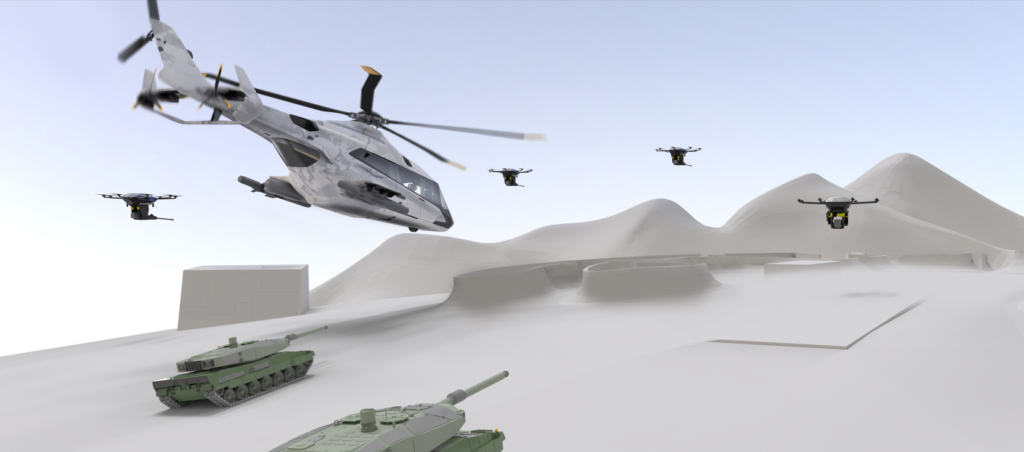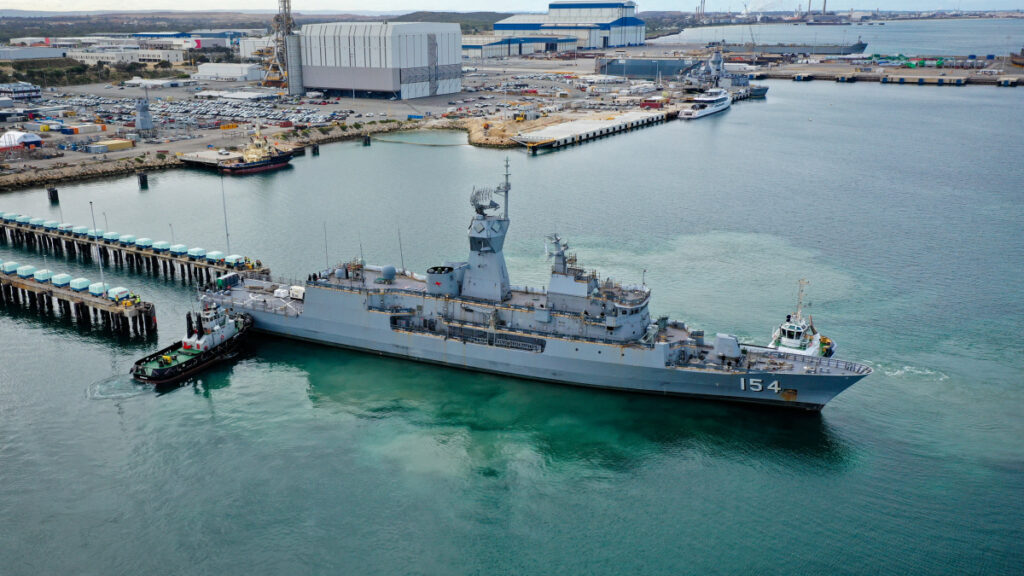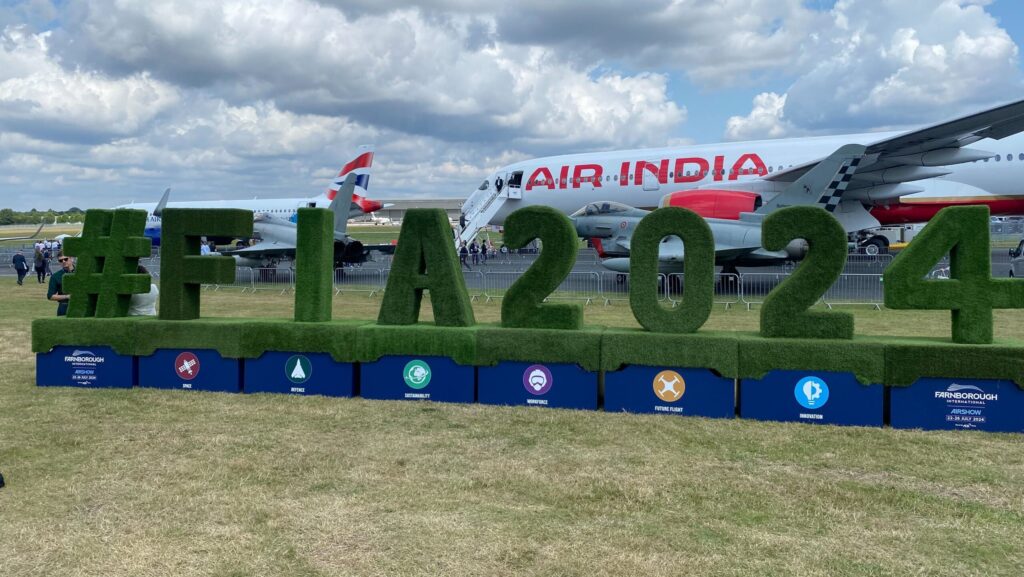An artist rendering of Integrated Solutions for Systems’s ETV offering. (IS4S photo)
WASHINGTON — The US Air Force and the Pentagon’s Defense Innovation Unit have selected four companies to compete for a program that aims to field a drone prototype capable of being produced cheaply and at scale that can also serve as a test bed for new subsystems and materials.
Anduril Industries, Integrated Solutions for Systems, Leidos Dynetics and Zone 5 Technologies were selected out of a pool of over 100 vendors for the Enterprise Test Vehicle (ETV) program, DIU announced today. Each winner will now be expected to fly a drone prototype between the late summer and the fall, which will inform a subsequent DIU down-select.
“We look forward to working with our partners at DIU and the Air Force Armament Directorate (EB) to deliver a highly-producible, modular, affordable, and capable Enterprise Test Vehicle (ETV) that will serve as the baseline architecture for large-scale production of next-generation airborne platforms,” Senior Vice President of Anduril’s Air Dominance & Strike Division Jason Levin said in a statement. Integrated Solutions for Systems and Zone 5 Technologies did not immediately respond to a request for comment.
After publication of this report, Mark Miller, senior vice president for missile and aviation systems at Leidos, said “[w]e believe that the Leidos Dynetics developed air vehicle solution provides a compelling offer for the ETV effort. Leidos’ ETV technology is the perfect merger of our strike systems expertise, as exemplified by the modular, affordable and network enabled GBU-69 Small Glide Munition, and our recent experience developing the air-launched, and air-recovered, X-61 Gremlins UAS.”
Under the ETV endeavor, the DIU and Air Force team is seeking a drone prototype capable of flying at least 500 nautical miles with a minimum cruise speed of 100 knots and delivering a “kinetic payload,” according to a solicitation DIU posted last year. The DoD team additionally desires solutions with modular open systems architectures and other unique features like the ability to be launched in multiple ways, such as from the back of a cargo aircraft.
Rendering of Zone 5 Technologies’s ETV prototype. (Zone 5 photo via DIU)
The ETV project seeks to meet the Pentagon’s need for rapidly fielding uncrewed systems, particularly by leveraging commercial and dual-use technologies — to better protect from supply chain disruptions — that can head off China’s burgeoning military strength.
Notably, however, ETV is ostensibly separate from the Pentagon’s ongoing Replicator initiative that has already issued contracts for scaling up drone production also with a vision to counter China. Still, it’s likely that the ETV program will inform programs like Replicator and others.
“We are excited to partner with DIU. The ETV presents an opportunity to leverage promising ideas from industry to create and refine affordable designs for test capabilities that can be produced on a relevant timeline,” Air Force acquisition chief Andrew Hunter said in the release.
Leidos rendering of its ETV prototype. (Leidos Dynetics via DIU)
Each of the four companies announced today will fly their respective prototype designs, “after which one or multiple of the most promising prototypes will continue development toward a production variant capable of rapidly scalable manufacture,” according to the DIU release.
Other interested government collaborators for the program include the Air Force Research Laboratory, US Special Operations Command, Naval Air Systems Command and US Indo-Pacific Command, DIU said.



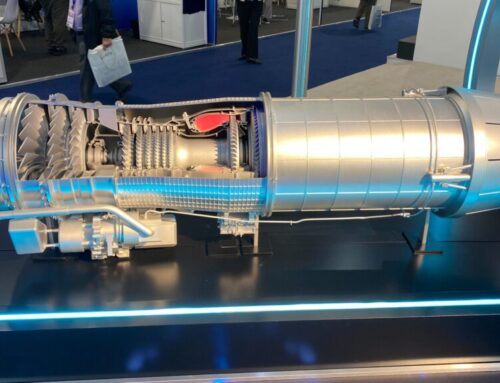
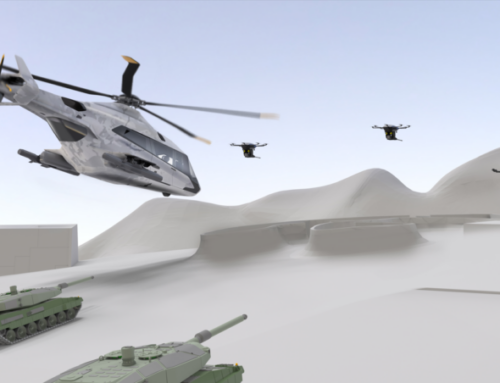
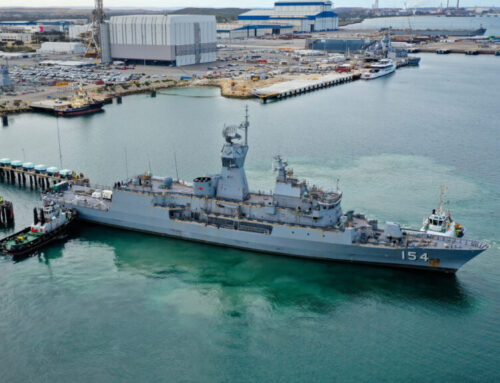
![The sights from the 2024 Farnborough Airshow [PHOTOS]](https://centurionpartnersgroup.com/wp-content/uploads/2024/07/IMG_8722-scaled-e1721930652747-1024x577-hZjwVb-500x383.jpeg)

